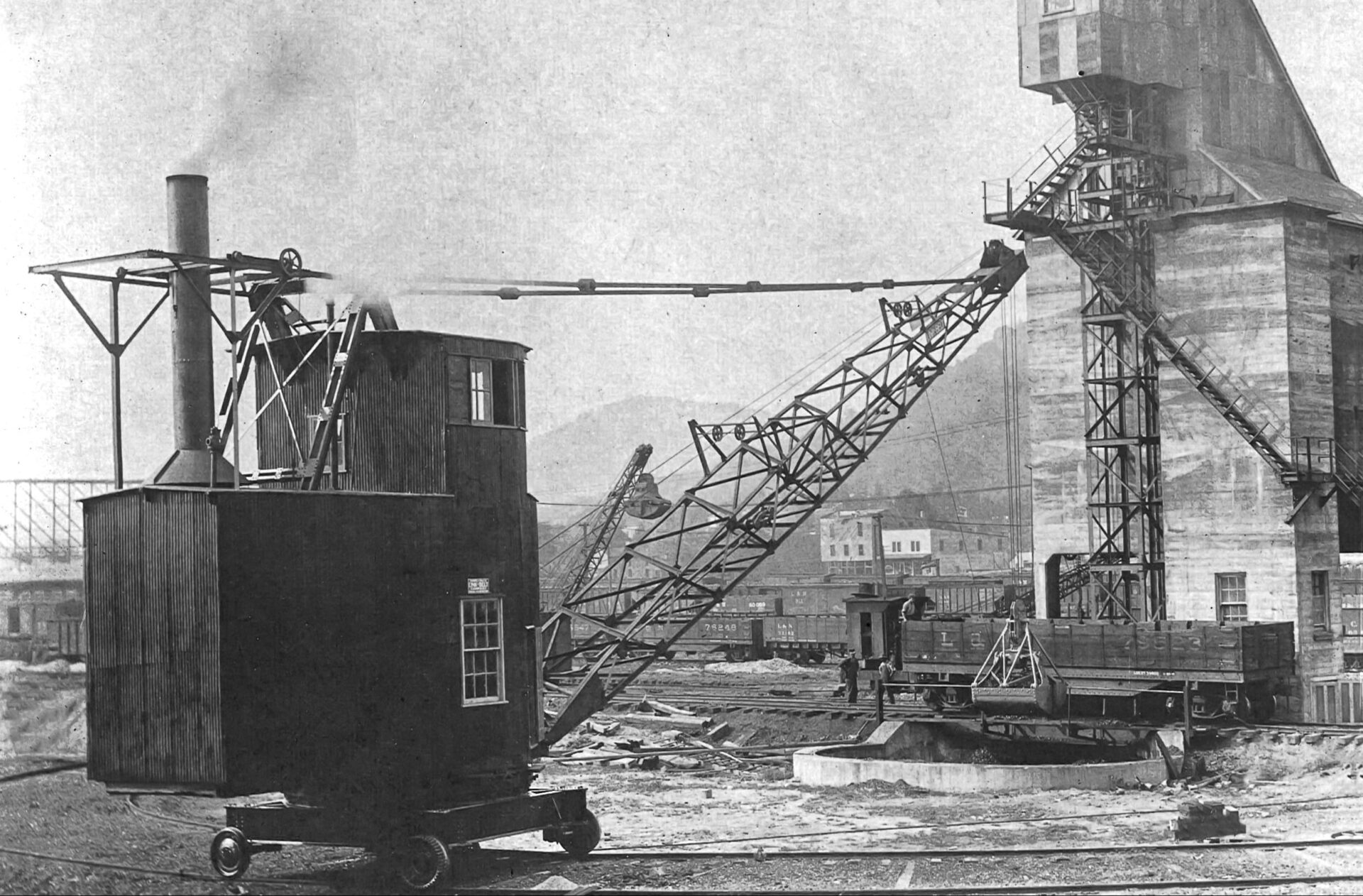
It All Began in the Fields of Iowa
The idea — Link-Belt — was born in 1874 when William Dana Ewart, a young farm implement dealer in Belle Plaine, Iowa, conceived an idea of a square detachable “link” for a chain belt … a “linked belt.”
William Ewart recognized that harvesters with continuous chain belt drives made up of square links and flat links would wear unevenly and break in one spot. Once broken, the entire chain belt had to be taken back to the barn for needed repairs, thus delaying all harvesting.

Continuous Innovation for Over 140 Years
As Ewart concentrated his efforts on refining a chain belt with detachable links that could be repaired in the field and would wear more evenly, he obtained a patent on September 1, 1874 for an “improvement in drive-chain.” And in 1875 a small group of men were persuaded to form a corporation, the Ewart Manufacturing Company, to promote this new detachable drive chain – Ewart Detachable Link-Belt.
Over the next several years, Ewart was relentless in pursuing his idea of using link-belt chain as a foundation for all types of power transmission and materials-handling equipment. It was this driving ambition and the continuous innovation of the link-belt that led to the founding of the Link-Belt Machinery Company in 1880 and the Link-Belt Engineering Company in 1888.
Around the turn of the decade, these fledgling Link-Belt companies developed the ancestor of today’s Link-Belt construction equipment … the first wide-gauge, steam-powered, coal-handling clamshell crane.
Through the turn of the century, steam-powered, heavy-duty coal handling cranes evolved into lighter, more versatile locomotive cranes that clearly set the foundation for all future crane and shovel designs.

The New Century Brings Forth a Consolidated Link-Belt
In 1906, the Link-Belt Company was formed in Chicago, Illinois, consolidating the efforts of the Link-Belt Machinery Company and the Link-Belt Engineering Company.
By 1922, the Link-Belt Company had introduced a full line of crawler-mounted crane-shovels to complement its line of locomotive cranes and material-handling equipment. This product line continued to grow, and by the late 1930’s, included a complete line of models ranging from 3/4 yd. to 2-1/5 yd. capacity.

Link-Belt Introduces Hydraulic Controls
Link-Belt had already built a reputation as an innovator when, in 1936, it introduced power hydraulic controls. Later known as “Speed-O-Matic,” these hydraulic controls soon made obsolete all other systems and became the standard of the crane-shovel industry.
In 1939, Link-Belt Company purchased the Speeder Machinery Corporation and merged its machines with Speeder’s smaller machines (3/8 to 3/4 yd.) to form the Link-Belt Speeder Corporation, a wholly-owned subsidiary of Link-Belt Company, that eventually located in Cedar Rapids, Iowa.
This consolidation gave the new corporation a complete line of machines with centralized manufacturing, sales and engineering that yielded substantial growth and profit for the next 30 years.
In 1949, the revolutionary full-function design concept was introduced and, in combination with Speed-O-Matic hydraulic controls, launched Link-Belt Speeder to the forefront of the crane-shovel market worldwide.
These exclusive design originals culminated in the flagship model, LS-98, in 1954, that went on to become one of the most successful pieces of construction equipment ever built. Production of this one model continued for over 42 years with over 7,000 units being shipped.
In 1967, the FMC Corporation merged with the Link-Belt Company, and Link-Belt Speeder later became the Construction Equipment Group of FMC Corporation, marketing Link-Belt construction equipment products worldwide.
Shortly thereafter, FMC began an aggressive, long-term capital expansion plan that saw the manufacturing facilities and product line rapidly expand, right up to the eve of the difficult economic times of the early 1980’s.

A Global Joint Venture Forms
In 1986, the Link-Belt Construction Equipment Company was formed as a joint venture between FMC Corporation and Sumitomo Heavy Industries, formalizing a relationship dating back to 1962.
In 1998, in a reorganization to focus on cranes, the excavator product line was spun off from the Link-Belt Construction Equipment Company. The LBX Company, a stand-alone, joint-venture company was formed between Sumitomo Construction Machinery Co. and Case Corp. to market and sell Link-Belt Excavators.
Today’s Link-Belt Cranes is a dynamic, highly-focused organization with headquarters in Lexington, Kentucky that is a wholly-owned subsidiary of Sumitomo Heavy Industries.
